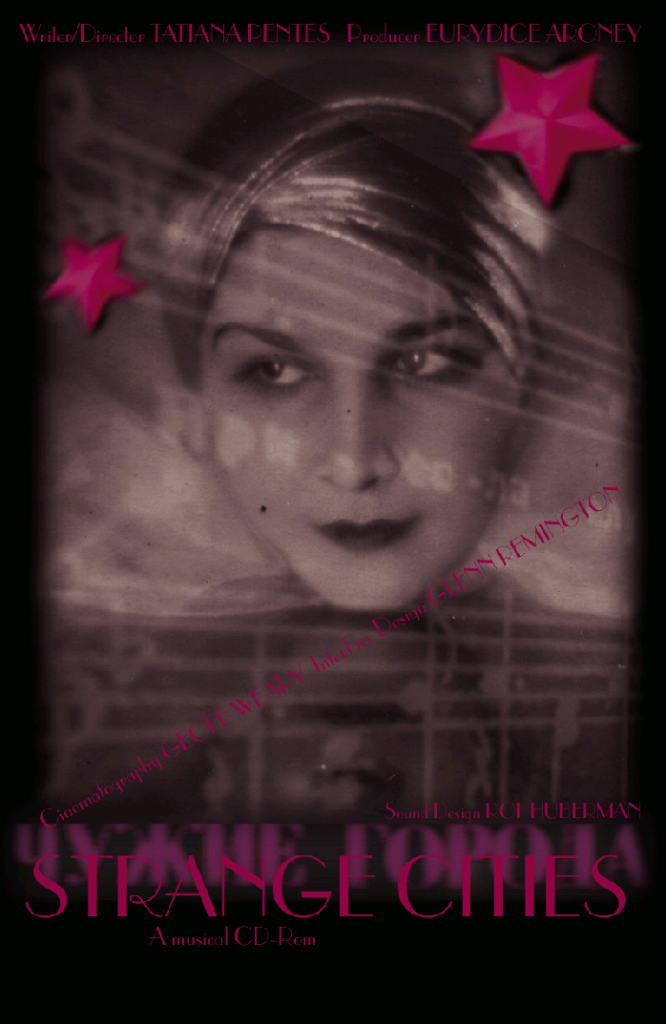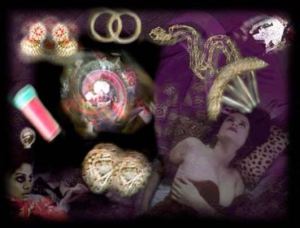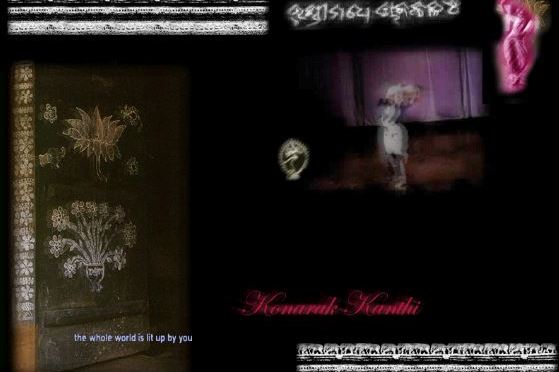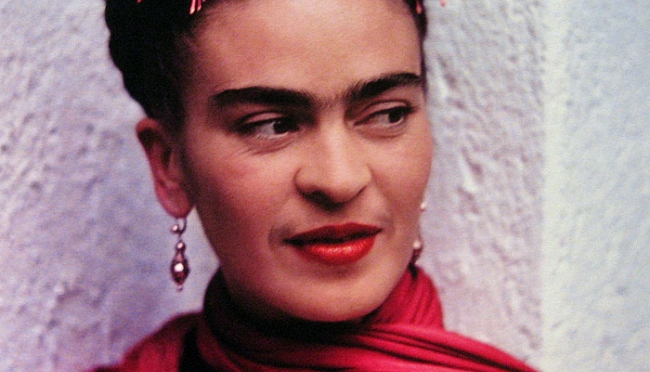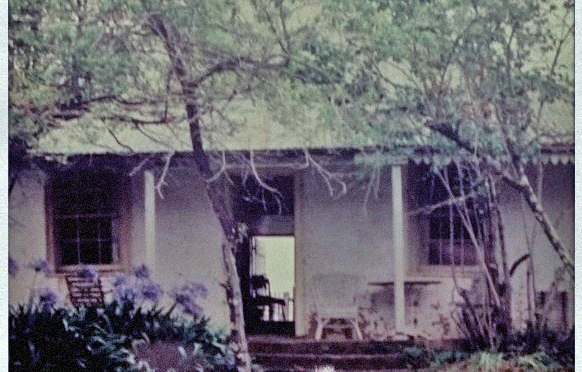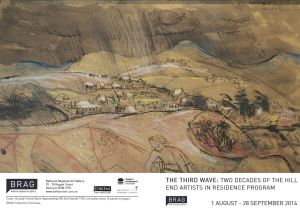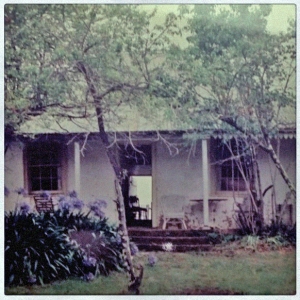Strange Cities (Aroney/Pentes 2023) interactive documentary 🎮 curated PLAY ACMI Play It Again- Archiving Australian Media Arts, Australian Centre for the Moving Image curated by Candice Cranmer, accessible by WiFi footprint onsite making accessible Australia’s rich history of onlineart interactive artworks. Strange Cities interactive documentary was co-produced with Screen Australia.
“Building on the preservation efforts initiated in the Play It Again projects that aimed to preserve significant Australian videogames from the 1980s and 1990s, the AAMA project, and now the Australian Emulation Network, an ARC Linkage Infrastructure, Equipment and Facilities project continues a collaborative approach to media arts preservation. Significantly, these projects, with AARNET’s infrastructure have also introduced Emulation as a Service Infrastructure (EaaSi) for partners to emulate legacy software environments and enable access to these works again where possible. This preservation work is a significant step forward in allowing continued access to our history of Australian media and social memory of this innovative time.”
Discover and play
To see and play media art works in an exhibition of selected works from ACMI’s and or Experimenta’s legacy collection, Explore the Collection while logged in to ACMI’s Wi-Fi. To play Australian videogames from the 1980s and 1990s head to our Play it Again I and Play It Again II pages.
Explore the Collection
‘Strange Cities’ is an experimental interactive multimedia work that tells of the survival of the Russian and Chinese Communist Revolutions by two Russian exiles. It draws upon the legacy of the Shanghai milieu, the Chinese gangster film, a musical cabaret genre, orientalist erotic literature, intrigue novels, and the films of Josef von Sternberg to explore memory, transience and the urban imagination. It is an experimental interactive multimedia work authored for CD-Rom release and exhibition. Through the disclosure of evidence, Sasha dreams, discovers, remembers the exilic identity of her grandparents Xenia and Sergei Ermolaeff (a composer and orchestra leader) in fragments and traces of their music, memories, personal effects and photographs, in their struggle to survive the Russian and Chinese Communist Revolutions. The inspiration for the work is a tune of the same name – a musical illustration, an imaginary vision of old Shanghai, Chinese metropolis, and International Settlement, conjuring mythic, filmic, musical and personal images of the city port. The ‘Strange cities’ musical score1 written by Alexander Vertinsky, Serge Ermoll and Ira Bloch, was first performed by a jazz orchestra of White Russian emigres in the cabarets of the International Settlement of Shanghai, China in the 1930’s and 40’s. ‘Strange cities’ draws upon the legacy of the Shanghai milieu, the Chinese gangster film, a musical cabaret genre, orientalist erotic literature, intrigue novels, and the films of Josef von Sternberg. Coined capital of the international underworld, the city of Shanghai became a seductively strange locale symbolized in the Western imagination, in reality the city was most often the final port of call for political refugees.
Explore Strange Cities in the Collection
Cast
Xenia Vladimirovna – Xenia Wayne; Sergei Ermolaeff – Peter Tartarinoff; Newsreader – Tony Baldwin; Sasha (Voice) – Katya Rozenblit; Young Sasha (Visuals) singer/pianist – Isabella Manfredi; Rose Tsing (Visuals) – Rose Tang; Tango Dancers – Katya Rozenblit & Evan Darnley-Pentes, Serge Ermoll (Sergei Emolaeff) piano.
Production
An interactive digital work, hybrid documentary and fictional musical by Tatiana Pentes (Writer/Director) & Geoffrey Weary (Co-Development/ Cinematography & Photography), Eurydice Aroney (Producer), Roi Huberman (Sound & Music Design), Glenn Remington (Interface Design), with music by Sergei Ermolaeff (Serge Ermoll). Produced in association with Screen Australia the Australian Film Commission (AFC).
Strange Cities (Aroney/Pentes) doco exhibited and researched in Prof Melanie Swalwell “Collecting, Curating, Preserving and Researching Media Arts” Archiving Australian Media Arts as part of the Born Digital Cultural Heritage Now conference at ACMI. Read https://aama.net.au/wp-content/uploads/2023/12/Collecting-curating-preserving-and-researching-media-arts.pdf

